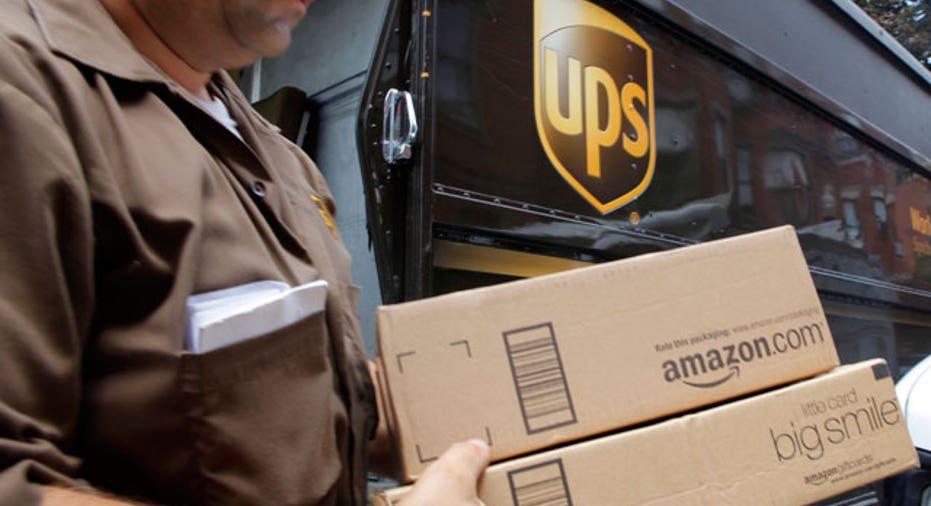Ensuring Brand Delivery

Imagine that you were given the task of grocery shopping and subsequently were instructed to deliver your items to a specific destination. After buying all the items on your list, what would be your next step in ensuring that the groceries made it to their final destination?
Before going any further, know that I am using this illustration as a backdrop for how many small businesses handle their branding strategy. With that in mind, let's jump back to my analogy for a moment. In attempt to deliver the items, I've found many small businesses are, in effect, going into the grocery store parking lot and flinging the shopping bag contents down the sidewalk. This process is repeated until said contents arrive at the predetermined destination.
If this analogy seems a bit out there or even ridiculous, just know that what happens in the real world is even worse. In my example, the grocery items represent your marketing message, e.g., sales specials, new products and the like. The delivery method mirrors your branding strategy. In other words, your branding strategy is the vehicle (or lack thereof) in which your marketing message will travel.
The reason why I used the above illustration is to clearly demonstrate that buying ads and throwing them at your target is not enough. See to it that these messages travel in a suitable vehicle – your branding strategy.
Know the difference
If you ever hope to develop an effective branding strategy, you must first understand that branding is not your message. It is the means by which you deliver your message. Let's use Geico as an example. What does a tiny lizard have to do with an insurance message? Absolutely nothing! However, this tiny animated caricature has been used to deliver the message of potential savings for many years now. After close observation, one will realize that the gecko's entertainment factor is Geico's method, not the message itself.
Enduring themes
In order for branding to yield its maximum result, there must be a high level of consistency in your themes. After all of these years, why is it that the world's number-one fast food chain still uses Ronald McDonald as a featured component of their branding strategy? Couldn't they afford to hire some big ad agency to create something new and fresh? McDonald's is fully aware of the fact that if one is to have a strong branding strategy, it is imperative to build and, most important, maintain momentum. I've seen many small businesses switch branding strategies on a yearly basis on account that the owner became bored with an idea. Marketing messages can, and should, change. However, themes should be stretched over a long period of time.
Business DNA
Who are you? Your branding will tell this story. In the grocery shopping example, items delivered by professional courier will have a far different presentation than those thrown about by someone traveling on foot. Though your message may be similar to a competitor, how you deliver your message will affect the perception of your business in the public square. Your delivery method can either augment or diminish how your business DNA is viewed.
Walter Dailey is a proven creative strategist. He’s the lead consultant and executive producer for Dailey Sound Vector, a creative services organization that specializes in jingles, radio ads and marketing campaign development for small and mid-sized businesses. Walter is finally on Twitter. Follow him here: @wrdailey



















